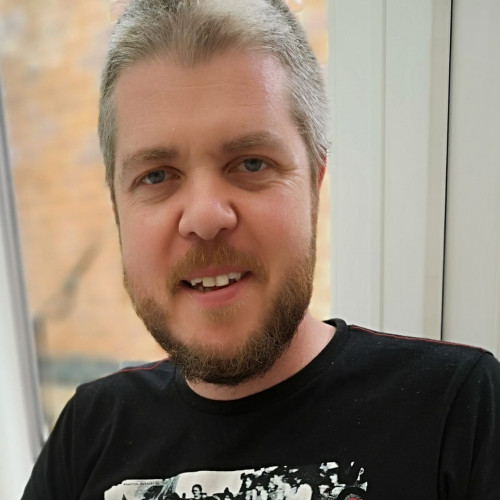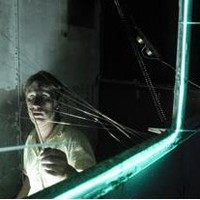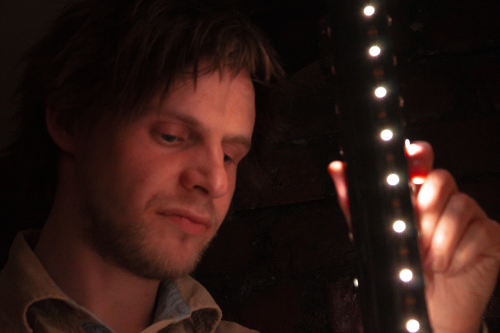Making blog

A highlight of the project was when we filmed the drone on top of the north yorkshire moors, it was a windy day but we persevered. We wanted to get a video from another drone of the seed dropper in action. The wind, and some other technical hitches we had encountered, made us doubt we would achieve that shot, but it all came together in the end and the seed dropper flew over the moors whilst being followed by the video drone and released its seed pods on cue.

The use of 3D printing was a tremendous help for the project, 3D printing meant we could turn the computer drawing into a real functional part in just a few clicks. Although the Hackspace was closed for the pandemic, Chris has 3D printers at home so we were still able to produce the drone parts.

The use of CAD was a great tool for the project, it meant we could be sure all the parts would fit together before we made it and meant assembly went smoothly.

I was attracted to this project as I have built drones before and it was great to be able to put that skill to use for planting trees.

Andy has made this fantastic short film to show how Drone Daniel the Dispenser came to life.

We made a fire engine and building following the style of some of Lucas' drawings to keep things as close to his invention as possible.
A highlight of the project was seeing the water squirt form the flying drone directly onto the burning building model.

The use of 3D printing was a tremendous help for the project, 3D printing ment we could turn the computer drawing into a real functional part in just a few clicks. Although the Hackspace was closed for the pandemic, Chris has 3D printers at home so we were still able to produce the drone parts.

The use of CAD was a great tool for the project, it meant we could be sure all the parts would fit together before we made it and meant assembly went smoothly.

I was attracted to this project as I have built drones before but never mixed drones with fire. It is a great idea, the drone we built for the project was fully functional and we were able to demonstrate it by putting out a fire. whilst a larger fire would require more water it would be relatively simple to scale up.

The frame was cut out to accomodate the drums to complete the project the rotating music notes needed to rotate ink keeping with the design however the energy needed to rotate it was more than the air being emitted from the drums so I decided to attach a ratchet to the Hi hat pedal for rotational effect. The music sign was painted onto a drum skin and fixed to a recycled fan motor which acted as a bearing for the rotating sign.

I found away to secure the turbines onto the underside of the drums using spring loaded plate hangers. I used galvanised steel builders strapping to create a bridge mount for the turbines at the correct distance and placement from the hole in the drumskins with a special adaptation for the bass drum using some rope

It's been a lot of work in the last week or so, but the animation is almost finished!
This will be the last blog post - with a little sneak peek of what the final film will look like.
The video in this post shows you what my 3D scene is like. I modelled, textured and animated everything in the scene. What I do next is I film it with a virtual camera inside the computer program to turn it into a video.
A musician friend is making the sound design for the film while I finish it off. He's been using lots of weird and wonderful household sounds: such as balloons, hoovers and even an accordian!
Stay tuned

In order for this idea to work I need to first find out whether I can get the fox to inflate like a blimp. I managed to get a pretty decent result on a basic shape so I think I'm confident enough to move on.

Next step is to make the fox. I have a pretty good idea of what I'm going to do after all that sketching. Check out the timelapse of the modelling process.

I've been thinking about what kind of world this fox blimp is going to be a part of. My starting point is that I want the design to be relatable - I don't want to go too stylised and it to look too much like a cartoon but I also don't want to make it difficult for myself and go too realistic. I want to find a nice balance!
I thought that a nice design would be the typical British terraced houses that you find in most cities (ones that I can see out of my window!). This is a good solution because it means I can fill up the screen easily as the houses are repeatable. Once I build one house I've pretty much finished!

I've been sketching a lot to try and work out what the Solar Tron will actually look like. I went through lots and lots of rough designs.
I was trying to work out how the fox could move around without needing a full moving body and keeping as close as possible to Roxanne's designs. I was playing with ideas of robotic foxes, foxes on the tops of trams and cars, and foxes coming in all shapes and sizes.
In the end I figured a good solution to all the problems was to make the fox float like a blimp. This meant I wouldn't have to animate a lot of body parts, it would be closer to the sun in order to collect as much sunlight as possible and I could connect it to some kind of moving cart so it can be transported around.

Designed by Mathew and animated in Blender

Before and after texture and lighting. 🐹

The Food Transfer 2032 is now up and running. I've animated the hamsters wheel and attached it to a generator that will power the cars! Mathews invention will enable the hamster to drive his food to himself for as long as they keep the wheel turning.
The wheel has been set up in 3D software Blender which is a great open source (FREE!!) tool for modelling new ideas and getting them moving.

Here is the 3D Model of the track for the hamsters car. The Hamster will have to put some effort in to get his food delivered to his wheel.
